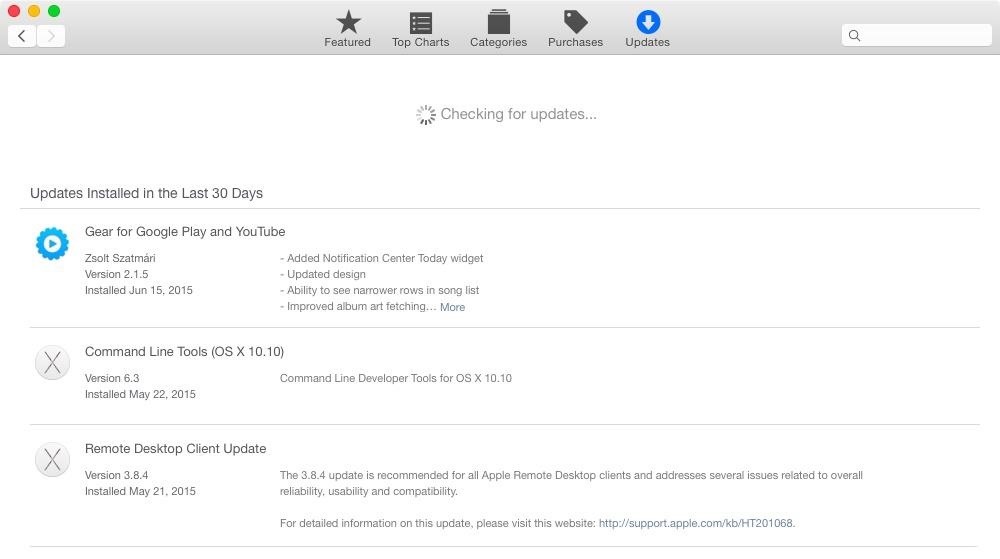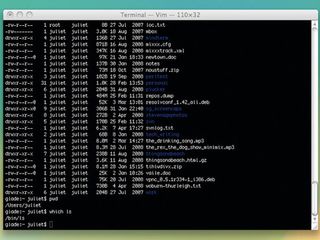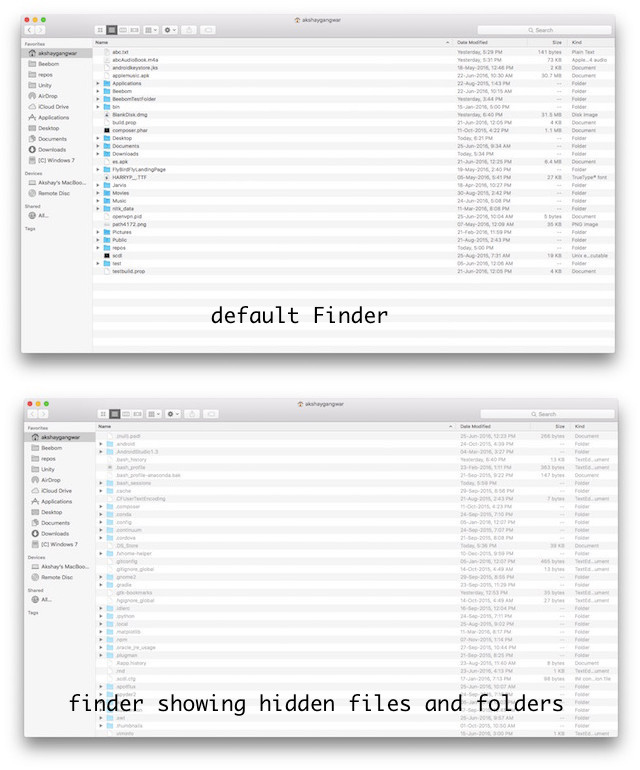

I edited the contents of the Mac with the broken Terminal to match the Mac with the working Terminal, and Terminal immediately started working correctly. This is an emulator that is really great for staying organized when using and moving files around in SSH connections. Another Terminal emulator that works incredibly well as an SSH Mac client is ZOC Terminal. Working Mac Terminal /private/etc/pam.d/login.term # login: account session Download: Termius (Free, subscription available) 5.

The mv command moves the file or folder from its old location and puts it in the new location. I checked the contents of /private/etc/pam.d/login.term on the affected Mac, and on a working Mac.īroken Mac Terminal /private/etc/pam.d/login.term # login: auth account password sessionĪuth sufficient pam_serialnumber.so serverinstall legacy Move a file or folder locally In the Terminal app on your Mac, use the mv command to move files or folders from one location to another on the same computer. This post ( ) pointed me in the right direction. The commands used below may or may not be installed in your system. The Console log showed the errors: login: in openpam_load_module(): no pam_serialnumber.so found

Next, the Terminal will ask you for your password, key it in, hit Enter, and you will be logged in. It would open a Terminal Window with only displayed on the screen. The command to log-in into a remote server using FTP, is: ftp serverip You will then be prompted for your username, type it in, and hit Enter. I know this is old.but I had the same problem, and couldn't find any information to fix this issue, so I decided to share the solution here too.Īfter upgrading a Mac from OS X 10.6.8 (Snow Leopard) to 10.11.4 (El Capitan), it would no longer open a shell in Terminal.


 0 kommentar(er)
0 kommentar(er)
